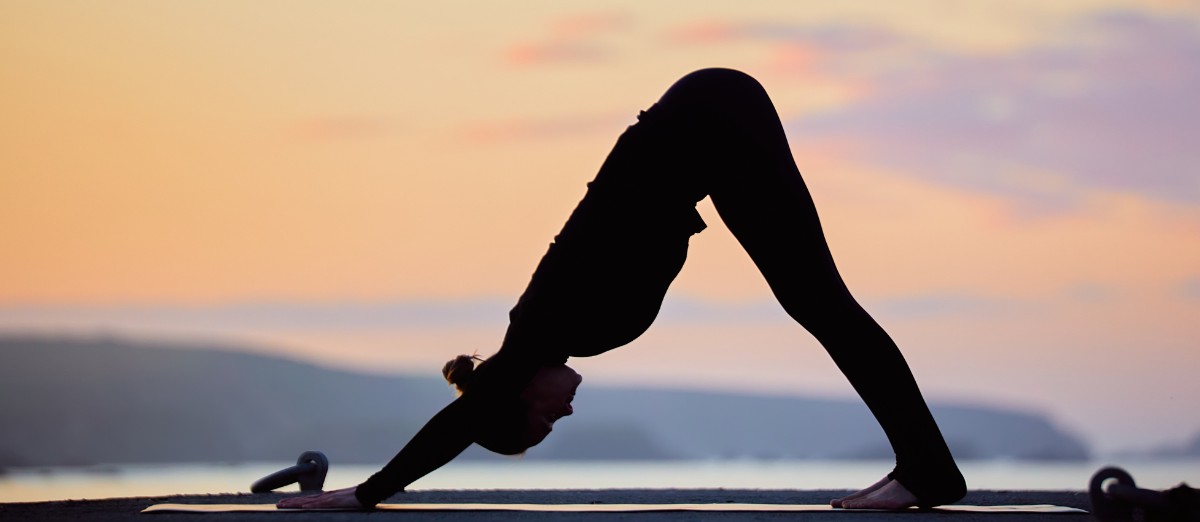Biological Sustainability in a Cyclical World
Over the past decade, I’ve come to notice that my personal cycles — particularly in response to stress — tend to be relatively short. Others move through longer, slower cycles. From my own observations, the length of these cycles seems closely tied to one’s genetics or metabolic type. Fast-burning types, who accelerate quickly, often experience shorter cycles. Slower, sturdier types — think of the classic grounded endomorph — tend to move in longer rhythms.
Whatever our constitutional type, one truth remains: whenever we exceed our body's sustainable capacity — whether in terms of nutrient reserves, tissue integrity, or available energy — a low period inevitably follows a high. This is not a flaw in the system. It’s a protective mechanism, ensuring recovery before further output. Without this balance, the body would simply wear down and break.
Life Is Not Linear — It Spirals
This truth aligns with a larger principle: everything in Nature is cyclical. Time is not linear. Reality itself unfolds in waves, rhythms, and spirals. For living systems, this isn’t just desirable — it’s essential. True balance isn’t a flat line. It’s a harmonious, manageable movement between active and restorative states. Like day and night. Like summer and winter. Like the breath.
We thrive not in constant motion or in total stillness, but in a gentle oscillation between the two. When our cycles become erratic, extreme, or unpredictable, it's a signal that we've moved out of harmony with the natural order.
Modern Stress, Ancient Body
In today’s world, the body is bombarded by stressors of every kind — emotional, physical, chemical, microbial. To the body, a looming deadline, a toxic relationship, smog in the air, or pesticide residues in our food all register as threats. The same stress response is activated, and energy must be diverted from healing and regeneration into defense.
Sadly, most of us lack the two key ingredients to navigate this pressure effectively: first, we don’t have the nutrient reserves to meet both stress and basic maintenance. And second, we don’t give ourselves enough space — real, parasympathetic space — to rest, digest, and repair. It's not our fault. We're not broken. We’re simply living in a world that is out of rhythm.
The Body as the Foundation of Sustainability
We often talk about sustainability in terms of the environment, but the first system we need to sustain is our own body. A world full of depleted people cannot restore a depleted Earth. And so the journey of healing the planet must begin within. When we learn to honour our own cycles, to nourish our own reserves, and to return to the rhythms of Nature, we begin to live sustainably — not as an abstract principle, but as a lived, embodied reality.
The good news is: there are answers. There are tools, wisdom traditions, and emerging sciences that can support us in restoring balance — both individually and collectively. More on that in another post! 😊

